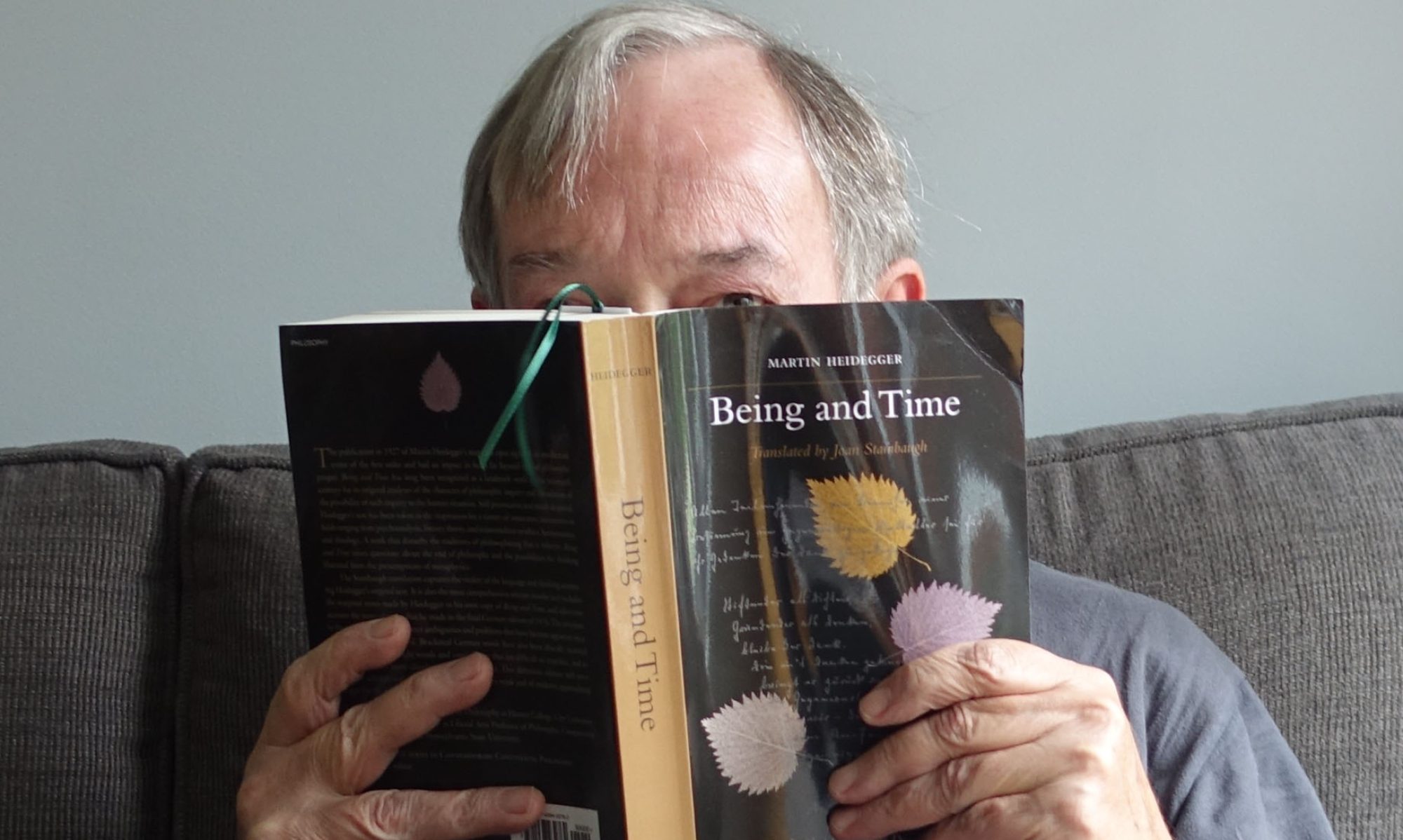Hazel Tanis, who survived the shooting for 27 days, looked through police mug shots and picked out two men., Walther Rhiels and Charles Gilbert. She helped police create a composite drawing of one suspect, whom some claim looks like Artis. The logic here is inescapable. Confronted with photographs, Tanis did not identify Carter or Artis. She identified someone else. The drawing could not be accurate if it looks more like Artis than Rhiels and Gilbert.
What is the best evidence here? That it was not Carter or Artis.
Haggins — they used hypnosis and lie detectors. Haggins’ evidence is now worthless as a result.
If the police really believe that the lie-detector tests showed that Carter and Artis were the shooters, why did they release them? Why didn’t they obtain a search warrant (using the other “compelling” evidence to get the warrant)? Why didn’t they interview the witnesses at the Nite Spot the night of the killing, when the stories were least likely to be shaped by subsequent issues?
The ammunition recovered from the car– was not properly vouchered with the police property clerk until five days afterwards. Five days! The police claim that witnesses can fill in the five day period with some kind of reconstructed chain of possession. Why would they need to? We require the police to follow certain procedures to ensure that evidence is not planted or manipulated to fit the suspect. When the police fail, through sheer incompetence, to perform these duties to a minimal level of professionalism, we throw the evidence out. Some day, we might learn to fire or train the police officers as well. In the meantime, we throw that evidence into the garbage because it is valueless.
From the prosecution’s Response to Judge Sorokin’s Reversal:
“Rubin Carter’s car was quite distinctive. It was all white. It was shiny and new.” (And it went “beep, beep”.) It is ridiculous, in the totality of the evidence, to suggest that two cars looking like this car traveled down 12th Avenue within a minute or two of one another.
All right. Go drive to a commercial district in your local town at 3:00 a.m. Watch the cars go by. How many similar cars can you see?
Criticism of polygraphs is nothing new, according to Brandeis University professor Leonard Saxe, who served as a staff member of the Polygraph Validity Advisory Panel, created by Congress in 1983. The panel concluded that polygraphs’ ability to detect lies was only slightly better than random chance, and that errors were possible. In 1998, the panel’s findings were cited in a U.S. Supreme Court case, United States vs. Scheffer, as support for the conclusion that “to this day, the scientific community remains extremely polarized about the reliability of polygraph techniques.” The American Medical Association says that more research is needed, and until additional studies are completed, testing “shouldn’t be undertaken in the private or public sector.”
From http://www.graphicwitness.com/carter/lietest.html
Note: Carter was driving a White 1966 Dodge Polara.
